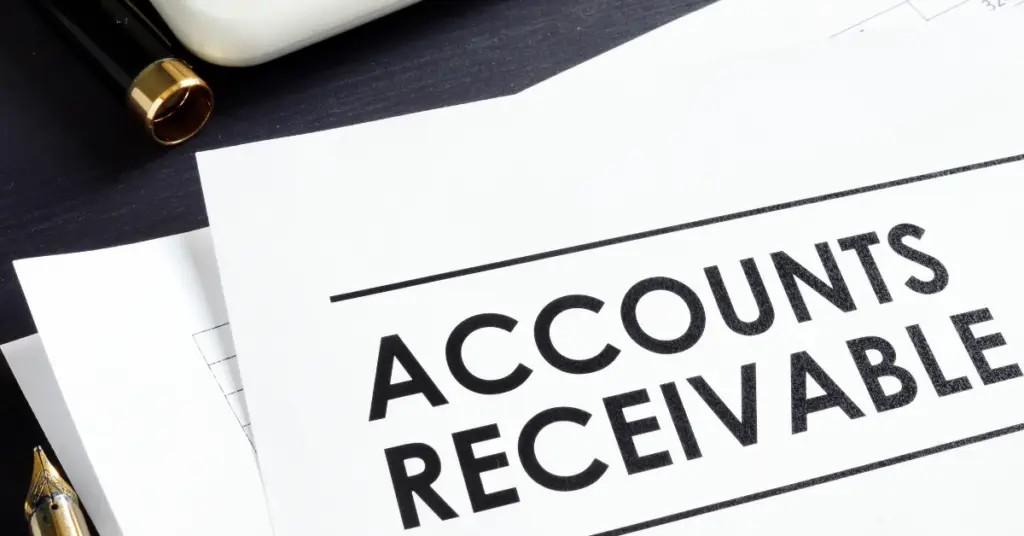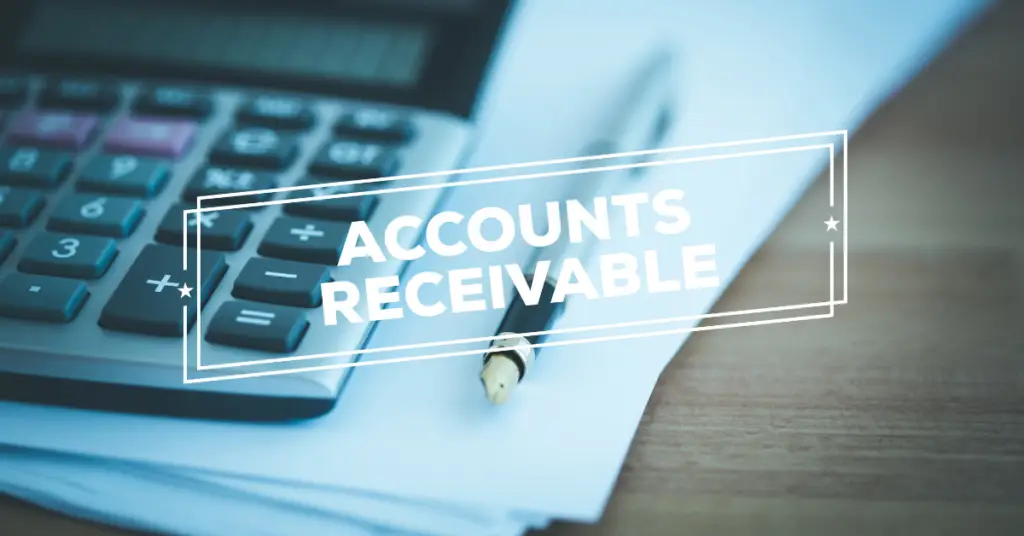The accounts receivable collection period is a key financial metric that measures how long it takes a business to collect payments from its customers after a sale. It provides insight into the efficiency of a company’s credit and collections process, directly impacting cash flow and financial health. Understanding this period is essential for businesses that extend credit, as payment delays can lead to cash shortages and operational challenges. In this blog, we’ll explore what the accounts receivable collection period is, why it’s important, and how to manage and improve it effectively. We’ll be discussing:
- What is the Accounts Receivable Collection Period?
- Why is the Accounts Receivable Collection Period so Important?
- What Does a Low Average Collection Period Indicate?
- How do You Calculate the Account Receivable Collection Period
- How to Improve Your Accounts Receivable Collection Period
- Accounts Receivable Collection Period Example
What is the Accounts Receivable Collection Period?

The accounts receivable collection period, also known as the receivables turnover period, measures the average number of days it takes a business to collect payments from its customers after a sale. This metric provides insight into how efficiently a company manages its credit sales and its ability to convert receivables into cash. A shorter collection period indicates that a business is quicker at collecting payments, while a longer period may suggest delays or inefficiencies.
In essence, the accounts receivable collection period reflects the time frame between issuing an invoice and receiving payment. This is a key indicator of the business’s liquidity and financial health, as delayed payments can impact cash flow and overall operations. Therefore, understanding and managing this period is critical for businesses that rely on extending credit to their customers.
Why is the Accounts Receivable Collection Period so Important?
The accounts receivable collection period is crucial for several reasons. First and foremost, it directly affects a company’s cash flow. A longer collection period can result in cash shortages, which could affect a company’s ability to meet its financial obligations, such as paying suppliers, employees, and operating expenses. On the other hand, a shorter collection period ensures that cash flows into the business more quickly, improving liquidity.
Secondly, this metric helps businesses assess their credit policies. If the collection period is too long, it may indicate that the company is extending credit to customers who are slow in paying or that the credit terms need to be tightened. Monitoring this period can reveal patterns in customer payment behavior, enabling businesses to make adjustments to minimize risk.
Lastly, the collection period impacts profitability. Delayed payments can lead to lost interest income, increased collection costs, or even bad debt. By keeping a close eye on this, companies can improve their financial management, reduce risk, and optimize cash flow.
What Does a Low Average Collection Period Indicate?

A low average collection period is generally a positive sign for a business. It indicates that the company is effective in collecting its receivables and that customers are paying their invoices promptly. This can result in better cash flow management, allowing the business to reinvest the funds, pay off debts, or expand operations.
Moreover, a low collection period often reflects strong credit policies and a well-managed accounts receivable department. It suggests that the business has a reliable customer base that honors payment terms on time. This can reduce the risk of bad debts and improve the company’s financial stability.
However, while a low collection period is usually favorable, it can also signal that the company is too strict with its credit terms. This could potentially deter new customers or strain relationships with existing clients. Therefore, businesses need to strike a balance between enforcing timely payments and maintaining customer satisfaction.
How Do You Calculate the Accounts Receivable Collection Period?
Calculating the accounts receivable collection period involves two key components: accounts receivable and net credit sales. The formula is as follows: Accounts Receivable Collection Period =(Average Accounts Receivable/Net Credit Sales)×365
Let’s break down each part:
- Average Accounts Receivable: This is the average of the opening and closing balances of accounts receivable over a specific period, typically a year.
- Net Credit Sales: This represents the total sales made on credit, excluding cash sales and returns.
- 365: This converts the result into the number of days.
The formula provides an estimate of how long, on average, it takes for the company to collect payment after a credit sale. A lower number indicates a shorter collection period, while a higher number signals a longer collection period.
Example:
Suppose a company has net credit sales of $500,000 and an average accounts receivable of $100,000. To calculate the collection period, you would apply the formula: (100,000/500,000)×365 = 73 days
This means it takes the company an average of 73 days to collect payments from customers.
How to Improve Your Accounts Receivable Collection Period

Improving the accounts receivable collection period is vital for maintaining healthy cash flow. Here are several strategies to help businesses collect payments more efficiently:
- Tighten Credit Policies: One of the most effective ways to reduce the collection period is to review and tighten credit policies. Evaluate the creditworthiness of new customers before extending credit, and set clear payment terms to avoid long collection cycles. Offering incentives for early payments, such as discounts, can also encourage customers to pay sooner.
- Use Automated Invoicing and Payment Systems: Automating invoicing and payment processes can streamline collections and reduce delays. Automated systems can send reminders to customers before payments are due and make it easier for customers to pay promptly through various methods like credit cards, bank transfers, or digital payments.
- Follow Up on Overdue Invoices: Businesses should consistently follow up on overdue payments to minimize the accounts receivable collection period. Establish a clear process for sending reminders as soon as payments become overdue. Personal contact, such as phone calls, can also help resolve payment delays.
- Improve Customer Communication: Clear and frequent communication with customers can reduce misunderstandings and disputes about payments. Ensure that invoices are accurate and easy to understand, and offer customer support to address any concerns.
- Offer Flexible Payment Options: Providing customers with flexible payment options, such as installment plans, can encourage more timely payments. This can be particularly effective for customers who may have cash flow constraints but still want to maintain a good payment record.
Example
To further illustrate how the accounts receivable collection period works, let’s look at a real-world example.
Company ABC manufactures and sells office furniture. Last year, it generated $1 million in net credit sales. The company’s average accounts receivable balance for the year was $150,000. Using the formula: (150,000/1,000,000)×365=54.75 days
This calculation reveals that, on average, it takes Company ABC 54.75 days to collect payments from its customers. If the company’s payment terms are 60 days, this collection period falls within the acceptable range. However, if the company wants to reduce the collection period, it could implement some of the strategies mentioned earlier to improve its cash flow.
Conclusion
The accounts receivable collection period is a crucial metric for businesses that extend credit to their customers. It offers valuable insight into how efficiently a company collects payments and can help identify potential cash flow issues before they become problematic.
By calculating and analyzing the collection period, businesses can adjust their credit policies, streamline invoicing processes, and ultimately improve their financial health. A shorter collection period ensures quicker access to cash, which can be reinvested in the business to fuel growth, pay off liabilities, or take advantage of new opportunities.
Understanding this period and knowing how to manage it effectively allows businesses to maintain healthy cash flows, optimize their credit policies, and build stronger customer relationships.






